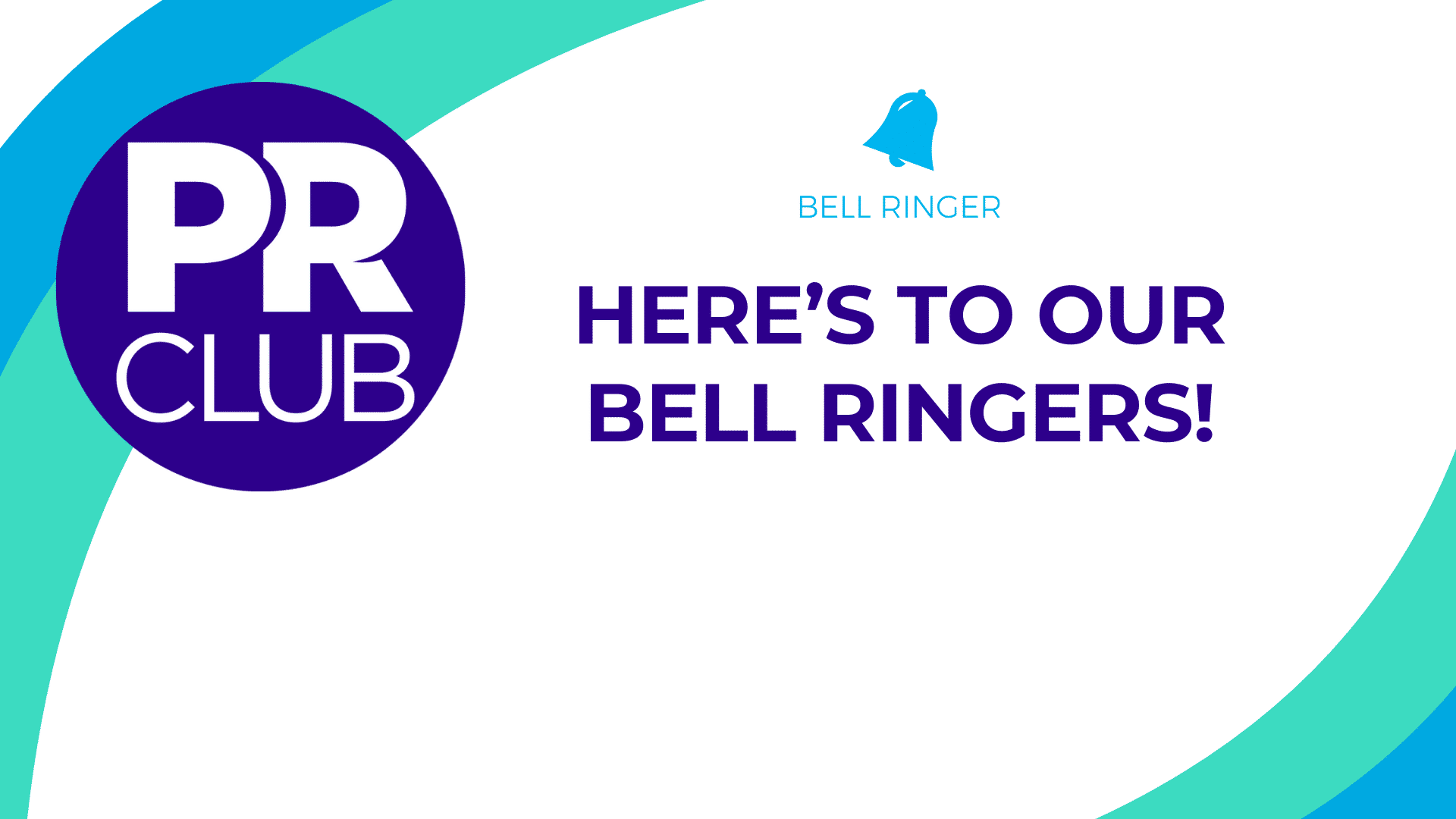How many times do you use a word or phrase, and never give it a second thought? Whiteboard. Blacklisted. Standing meeting. Calling an idea “crazy.” These words can hurt and demoralize people who feel like they are on the outside.
Organizations are starting to get the picture. After months of racial injustice and civil unrest, many companies finally spoke out in support of racial equality, diversity and inclusion. While that is a step in the right direction, many still feel anxiety in talking about a race.
The PR Club’s panel, “The Language of Multicultural PR,” brought together four professionals to share their experiences and recommendations to help PR practitioners take those important first steps and bridge the divide when communicating with stakeholders. Angela Hayes, SVP of Diversity and Inclusion at Brodeur Partners, moderated the panel and shared her own tips, some of which are available in a new Relevance Study from Brodeur Partners. Joining Angela were Dia D. Harris, a Diversity, Equality and Inclusion consultant, Whitney Scott, the CMO of Kampgrounds of America, and Brandon Thomas, VP of Technology and Healthcare, and General Manager of PAN Communications.
The panelists boiled down these recommendations to:
- Learning. Before you launch a DEI campaign, start with an audit of your communications to establish metrics, check your progress, and keep you accountable.
- Listening. Listen to your employees – all roles, all levels – to understand their experiences. In order for any DEI initiatives to take hold, your employees need to be part of the change.
- Culture. Creating a DEI culture has to extend into every aspect of the organization, starting with the organization’s values, and extending across programs, divisions, work and roles. DEI simply cannot be a “project” that can be cut from a budget.
- Discomfort. For any culture to move forward, we need to have tough conversations and work through them together. Conversations build awareness and while they might make us uncomfortable, that’s ok. For change to happen, there has to be some discomfort.
- Trust. Connecting with stakeholders and bringing them along on this journey requires trust. You can help build trust by sharing your personal experiences, having an open dialogue about a DEI-related article, using internal qualitative and quantitative data, or picking someone employees trust to lead discussions.
- Proactivity. Sometimes, peoples’ fears of being “first” holds them back from being proactive. That puts us at a disadvantage and forces us to be reactionary. Let’s learn from this to get ahead and stay ahead by putting the right people and policies in place to foster DEI.
Part of our responsibility as communication professionals is to show interest and desire about understanding inequality of all kinds. We must ask questions and remain open to conversations and feedback. We must be meticulous about the words we use. In all that we do, language is our currency. So as we commit to being part of this journey, remember, spend wisely.
This article was written by Amy Shanler, PR Club Board Member and Boston University College of Communication Associate Professor of the Practice and PRLab co-director.




